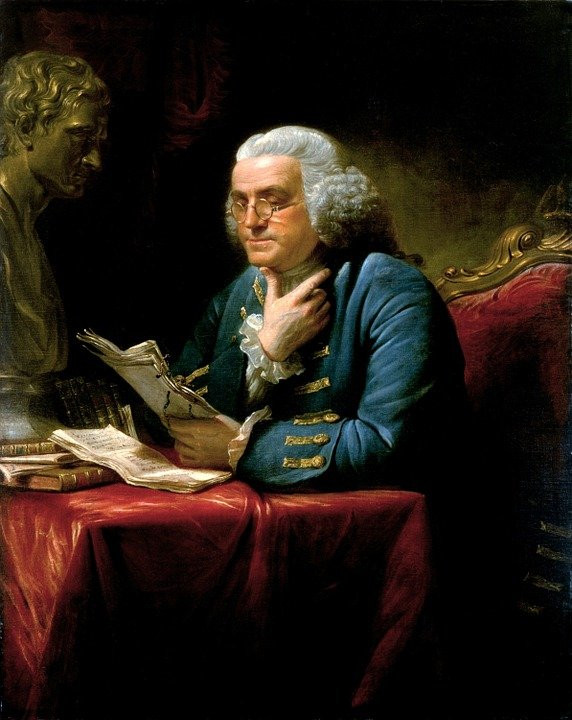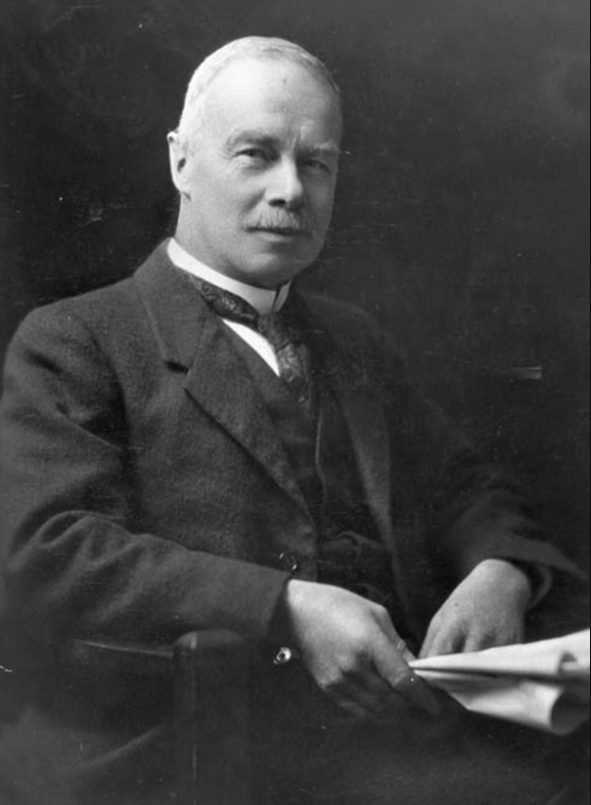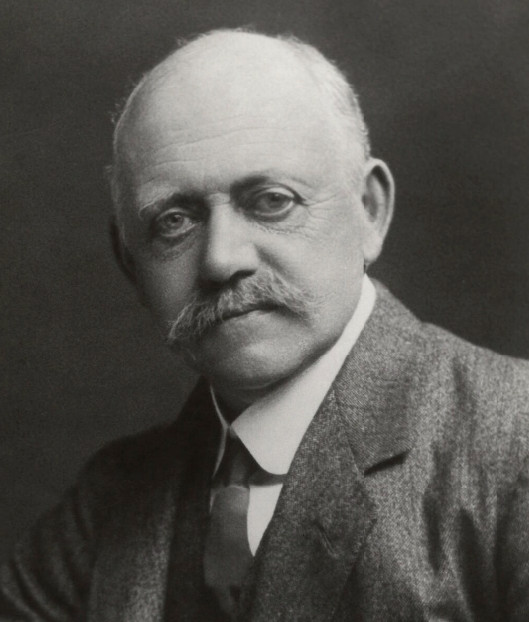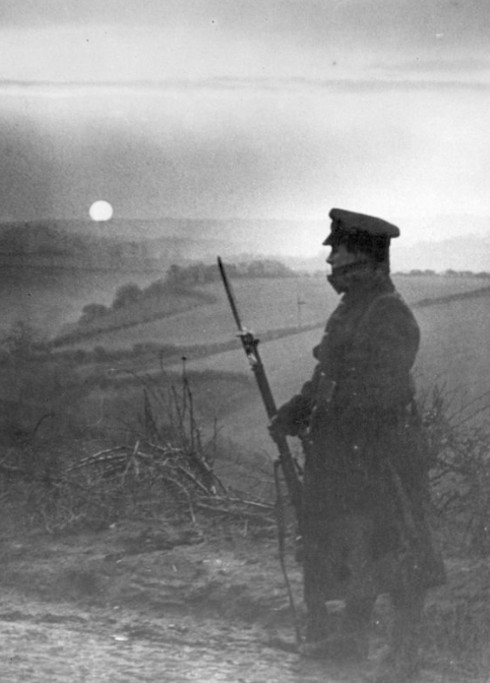Changing to summertime for the last time?
But why do we keep doing it?
Our clocks will go forward at 1am on Sunday. Around 70 countries will have some form of clock-change, although they don’t necessarily occur on the same day.
This will mean brighter evenings with the number of daylight hours increasing by roughly two minutes a day up to the summer solstice on June 21st. However, the benefits of the time-change continue to be controversial.
What’s the purpose of DST?
The idea is to maximise daylight; lighting up the darkness can be expensive. While the equator enjoys around 12 hours of both day & night all year round, how much daylight you get to enjoy depends on how far north or south you are from the equator.
In Spring, when the sun rises earlier, we start the day an hour earlier to maximise sunlight. Conversely, in Winter, there is more daylight in the evening so the clocks go back. Simple! But don’t worry, while it is true we lose an hour’s sleep in Spring, the good news is we get it back again in the Autumn.
Who’s idea was it?
The idea was floated independently at different times and in different locations.
Ancient civilisations divided time into 12 hours of daylight and 12 hours of darkness. These periods were called horae (hours). The length of each horae varied depending on the time of year. It meant the days were longer in summer and shorter in winter. For example, an hour in Summer could last 75 modern minutes while in the Winter, an hour could be only 45 minutes.

The idea was first recorded in 1784 when Benjamin Franklin published an essay entitled “An Economical Project for Diminishing the Cost of Light”. In those days candles and other sources of light were expensive. Franklin suggested, “Parisians could economize candle usage by getting out of bed earlier in the morning.” It was actually meant as a joke and it certainly didn’t involve changing the clocks.

Next there was the New Zealand scientist George Vernon Hudson who first proposed the idea in 1895. He valued the after-hours daylight as extra leisure time which, in particular, afforded him the opportunity to collect insects.

On the other side of the world in 1905, the idea occurred to British builder William Willett when he was out riding early one summer morning. He observed how many curtains remained drawn against the sunlight. His solution to this wasted daylight was to move the clocks forward before Summer began. It was a cause that Willett enthusiastically campaigned for in Britain, Europe and America until his death in 1915.
Who was first to implement DST?
It was the residents of Port Arthur, Ontario, Canada. They moved their clocks forward by one hour in 1908 thereby creating the world’s first ‘Daylight Saving Time’ period.

Just one year after William Willett’s death, DST was finally popularized in Europe during World War 1. In April 1916, Germany and Austria first introduced it as a means to save fuel for the war effort. The UK, France and most of Europe quickly followed suit but they reverted back to Standard Time (i.e. Winter time) after the war because the initiative was extremely unpopular. It was brought back for WW2, though.
In the USA, a Federal law was introduced paving the way for summer DST to begin on March 31, 1918. It was observed for seven months that year and again in 1919. However, when the war ended, the law was repealed and Daylight Saving Time became a ‘local’ option that was only adopted by a few states. This, inevitably, led to much confusion until 1966 when the Uniform Time Act was signed by President Lyndon Johnson. This made DST standard across the whole USA.
To save or not to save time?
Studies have suggested that this misalignment of our biological clocks may lead to an increased risk of depression, heart attacks, strokes and fatal accidents. With growing evidence of adverse health effects related to the twice a year time change, we must ask the question, is it now time to get rid of this controversial practice?
On March 26, 2019, the European Parliament voted in favor of removing DST in the European Union (EU) permanently. Each EU state will decide whether to remain on ‘Summer Time’ or to change their clocks back one last time to standard time (winter time). All over the globe, momentum is growing to abolish this practice and DST could soon be a thing of the past.







Leave a Reply